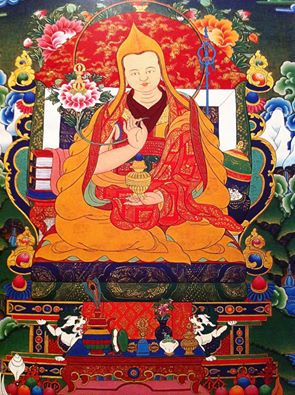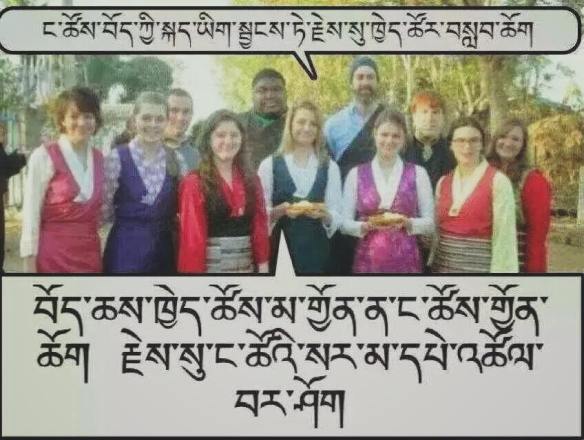
The great Khandro, Dakini or Yogini of Tibet, the princess who became a Buddha Yeshe Tsogyal
(This particular image of Yeshe Tsogyal is from a specific practice involving the Khandro that was revealed by the 17th century Tibetan treasure-revealer Tagsham Nuden Dorje who is said to have been a reincarnation of Yeshe Tsogyal’s sexual yoga partner Atsara Salé. The lineage for this practice is held by Namkha Drimed Rinpoche, see here for more information. See here as well for more on this blog regarding Yeshe Tsogyal’s life and exploits)
Hi, friends!
Here’s the information regarding a further podcast I recently did with Steve James of the Guru Viking podcast, as part of a series of interviews connected with my PhD dissertation on Tibetan tantric Buddhist non-monastic, non-celibate yogis and yoginis. In this interview, Steve quizzed me a little about some issues connected with gender and sexuality in Tibetan tantric Buddhism. I am hardly an expert in (or the best person to be mouthing off about!) the experiences of women in Vajrayana, but I hope that some of what we discussed here will be of use and interest.
Here’s Steve’s list of the topics we talked about along with the relevant links:








